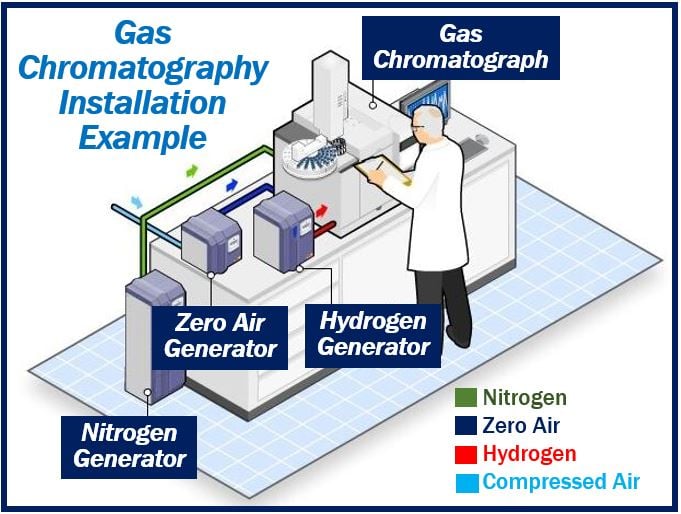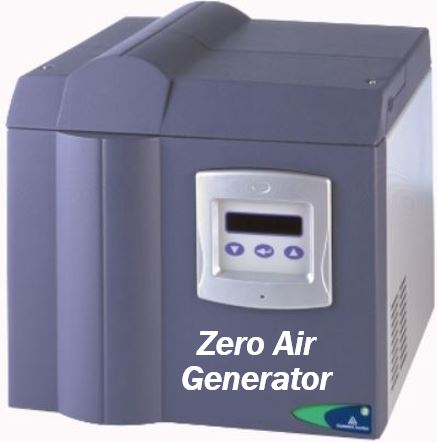Zero air refers to air that has been purified. For it to be classed as zero air it must contain less than 0.1 PPM of total hydrocarbons. The letters PPM stand for parts per million.
A hydrocarbon is a compound that contains only hydrogen and carbon. Hydrocarbons are the main components of natural gas and petroleum. Methane, for example, is a hydrocarbon. Its chemical formula is CH4, which means that it consists of one carbon atom and four hydrogen atoms. Propane (C3H8) and ethane (C2H6) are also hydrocarbons.
We create this ultra-purified air by mixing pure oxygen with pure nitrogen, thereby getting rid of all the impurities that exist in ambient air.
Requirement of some lab applications

Zero air is essentially a mixture of two gases: oxygen and nitrogen. Some laboratory applications are only possible with this type of filtered ambient air. The presence of hydrocarbons would undermine those lab applications.
Wiktionary has the following definition of the term:
“Atmospheric air specially cleaned so that it contains less than 0.1 ppm of hydrocarbon impurities; it then is usable in laboratory procedures such as versions of gas chromatography in which sufficiently pure air may serve as a carrier gas.”
Zero air generators

A good zero air generator should produce a continuous flow of dry, clean air with extremely low hydrocarbon content, i.e., less than 0.05 ppm. The generator can produce this ultra-clean air from an existing compressed air supply.
Praxair says the following regarding these generators:
“The generators can be used to supply zero air to GC-FID, FPD, NPD, LC/MS, THA and gas sensing applications.”
“Zero air generators are easy to install. All that is required is a standard compressed air line and an electrical outlet. There are no complicated operating procedures to learn or any labor intensive monitoring required.”
